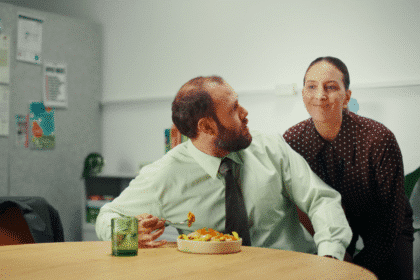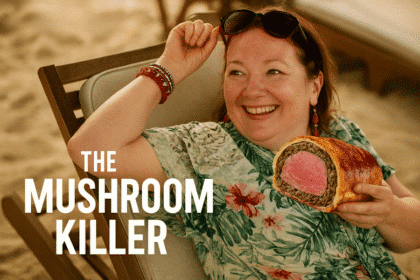Dr Ella Ward (pictured below) is a senior marketing scientist at Adelaide’s Ehrenberg-Bass Institute. In this guest post, the goodly Doctor takes a look at Masterfoods recent rebrand for its herbs and spices range and the importance of colour in consumers’ decision making…
Recently Masterfoods launched a new look for its herb and spice range, colour coded lids designed to make it “much easier for [consumers] to find the herbs and spices [they] know and love”. This is a big change for consumers who are used to grabbing the burgundy lid of Masterfoods spice jars off the shelf. But what is the cost of a change like this? Will the change help shoppers “find spices in seconds” or lead to customer confusion?
Research shows shoppers typically spend five seconds or less choosing a brand in store. To aid this time pressured search, they use packaging cues, like colour, as mental short cuts to quickly navigate shelves. Tapping into this insight, Masterfoods have launched new colour coded caps for its range of herbs and spices – herbs with green lids, spices, with orange and blends with burgundy. But is colour an effective way to signal product variety?
To simplify navigation and purchase, colours need to be obvious on-pack, reflect the way consumers view the category, and meet buyer expectations of packaging colour they hold in memory (e.g. when searching for peppermint chocolate I look for the colour green). In this way, the value of colour as a signal of product type depends on the degree to which category buyers hold this knowledge in their memory.
However, soon to be published research by the Ehrenberg-Bass Institute suggests that colour cues used by packaged good brands to indicate product variety rarely match buyer perceptions. In fact, the overlap between variant colours used on pack, and those expected by consumers is just 16 per cent, which suggests a big disconnect between the way brands are communicating variety and the cues consumers expect to see.
Some of this disconnect can be explained by the ambiguous nature of colour. While some links between colours and attributes are intuitive, such as green and herbs, others are arbitrary and must be taught to consumers through repeated exposure in line with the Associative Network Theories of Memory. For example, it is unlikely a link already exists between the colour orange and spices in shopper memory, and so they need to be taught this association before it can be a useful tool for in-store navigation.
In addition, in this case, there is the need to unlearn the search tools already in place. Where the herbs and spices used to be alphabetised from A-Z across the entire brand, now they are alphabetised within each colour. This makes understanding the colour coding a necessary pre-curser to quickly finding what you need. For example, you would need to know that Cajun Spice Blend is classified as a seasoned blend (burgundy lid) but Chinese Five Spice Blend is not (orange lid).
This type of learning takes time, and many repeated exposures before this link becomes automatic. Even with the accompanying advertising campaign to help teach shoppers, this will be particularly challenging for Masterfoods considering the low frequency with which people purchase herbs and spices.
Unlike consumer learning which can take time, there are some the potential consequences for the brand’s visual identity, that could be more immediate.
Potential Consequences for Brand Identity
Visual elements such as colour, logo and pack design are cornerstone to the brand identity systems that help consumers to recognise brands and distinguish them from competitors. In particular, consumers report colour as the most commonly used design feature to find their brands on shelf.
For Masterfoods that colour is burgundy. Consumers are used to seeing that familiar wall of burgundy jars in the spice aisle and will habitually look for burgundy lids as a short-cut find the brand on-shelf. By emphasising the difference between products in the range, Masterfoods have not only reduced the prominence of the burgundy colour, which is core to its brand identity they’ve also fragmented the colour blocking that previously gave busy consumers a larger distinct area to identify down the aisle.
Perhaps Masterfoods change will made it easier to locate particular products within their portfolio, but it’s also likely that they’ve left shoppers confused and inadvertently made it more difficult to find the portfolio itself. Adding to the confusion, the range of herbs now signalled with a green cap bare striking resemblance to the adjacent range of Herbs and Spices by competitor Woolworths.
Despite good intentions to make the search process easier for consumers, it’s likely that this Masterfoods shake up has done the opposite.
So how can brands signal variants and support a strong, future-proofed brand identity?
• Emphasise the brand first, and then use small but consistent cues to signal variety after this.
• Ensure that any variant signalling is not at the expense of brand cues.
• Avoid variant cues that create visual similarity to competitors.
• Avoid pack changes that risk disrupting shopper’s existing mental structures.









